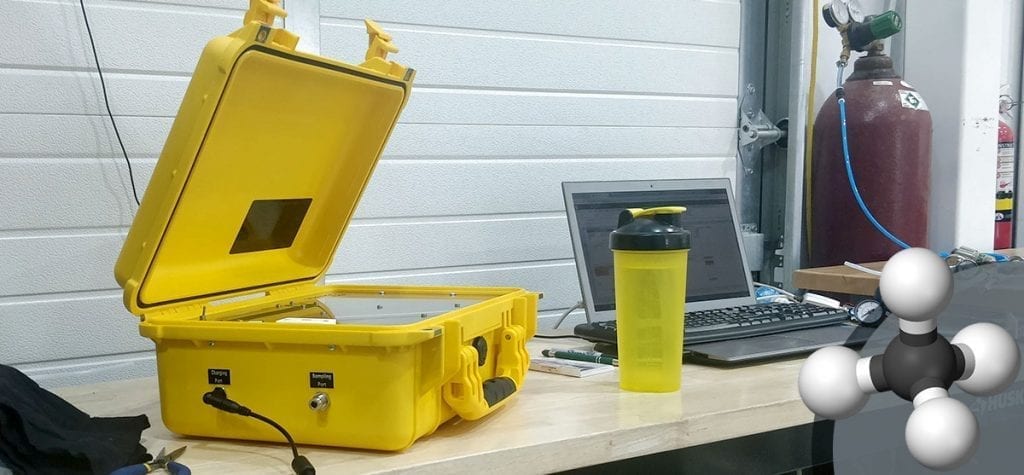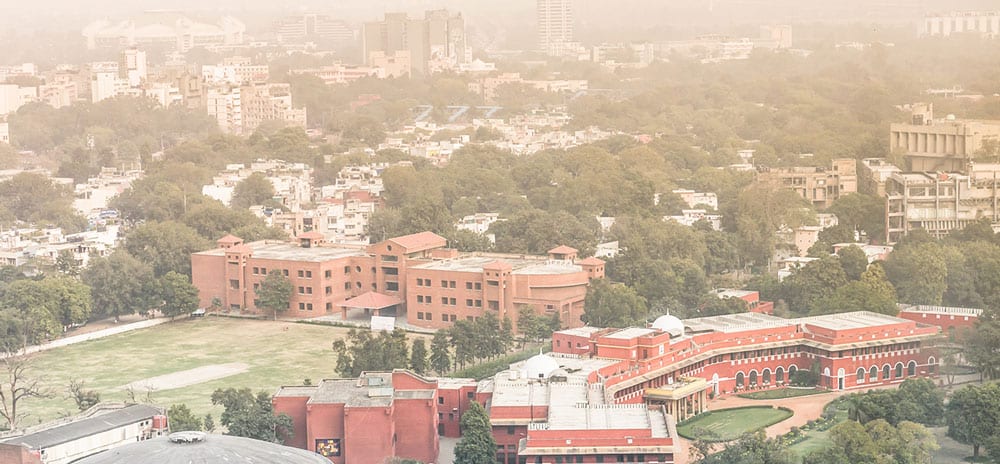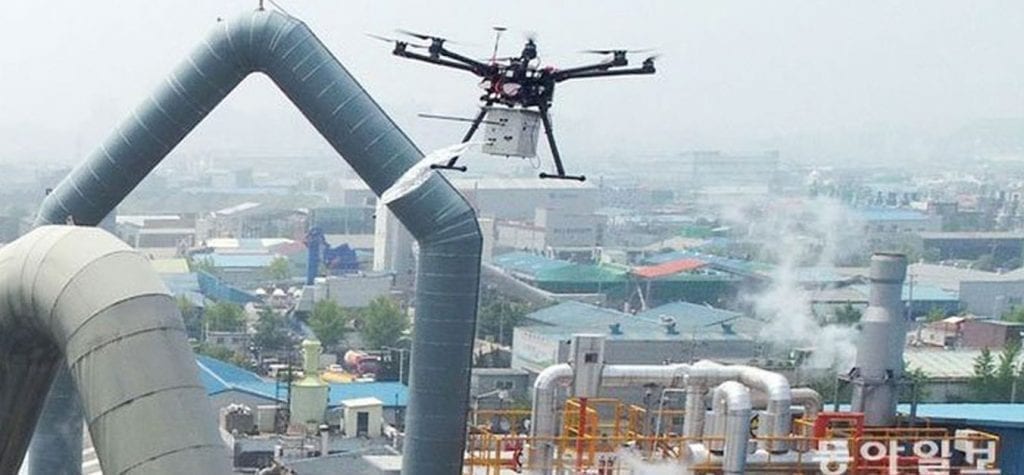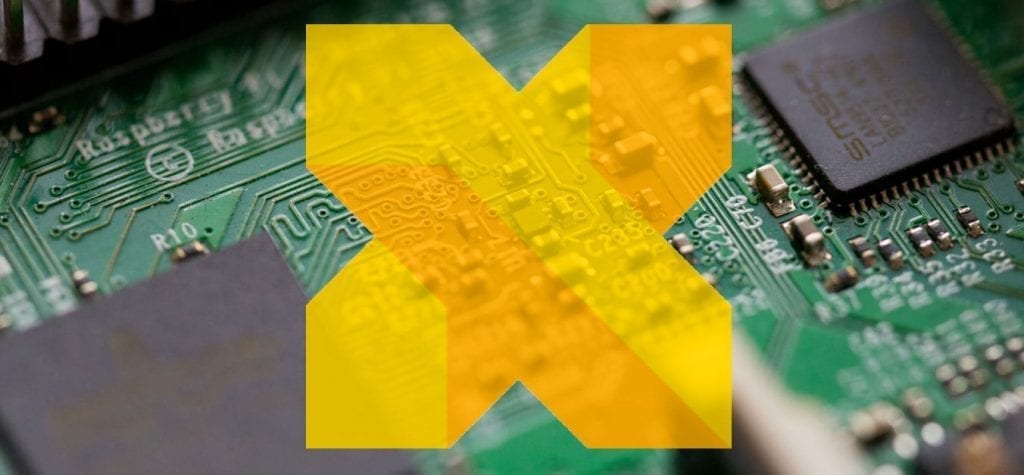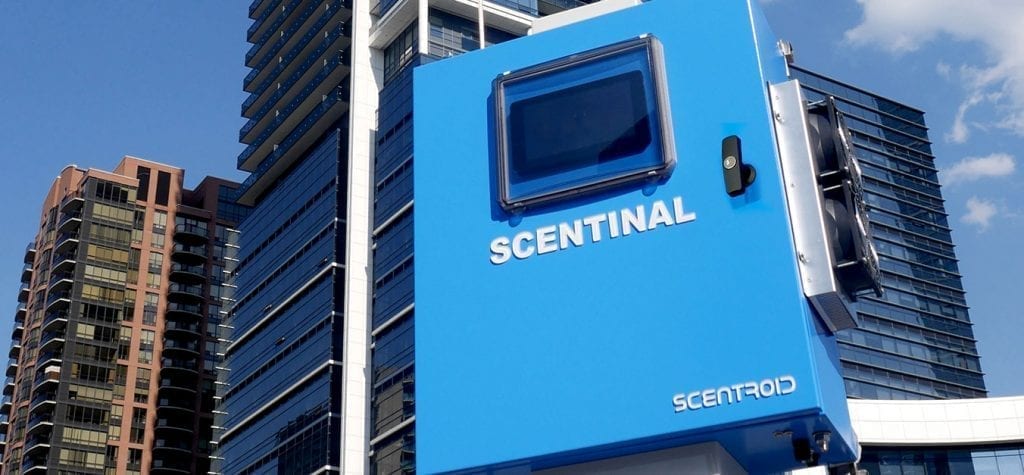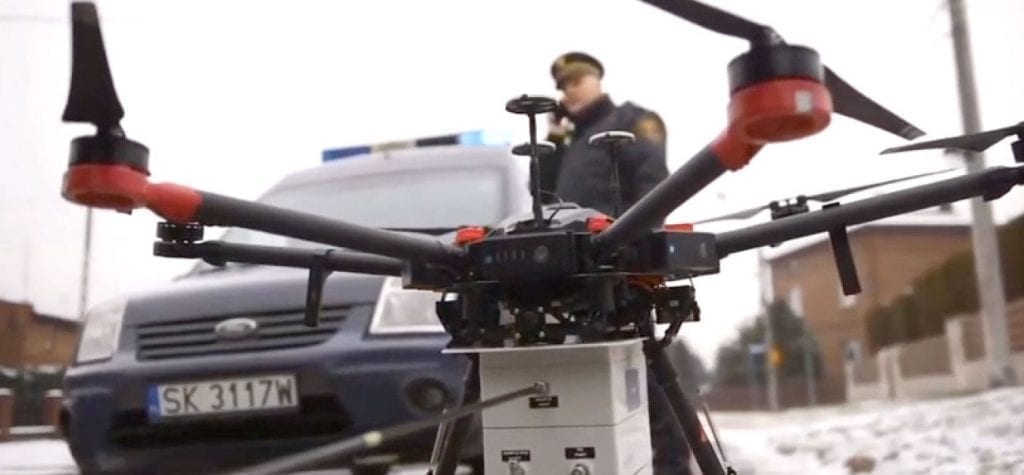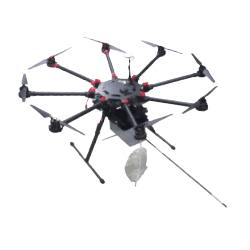Reported Increase in Nitrogen Based Fertilizers
Nitrogen based fertilizers have always been an easy solution with farming. They are not only incredibly effective, but they are also readily available and a cost-effective method of enhancing crops. Unfortunately, Nitrous Oxide (N₂O) is created as a bi-product of these fertilizers. N₂O is 265 times more effective at trapping heat in the atmosphere than […]
Reported Increase in Nitrogen Based Fertilizers Read More »


